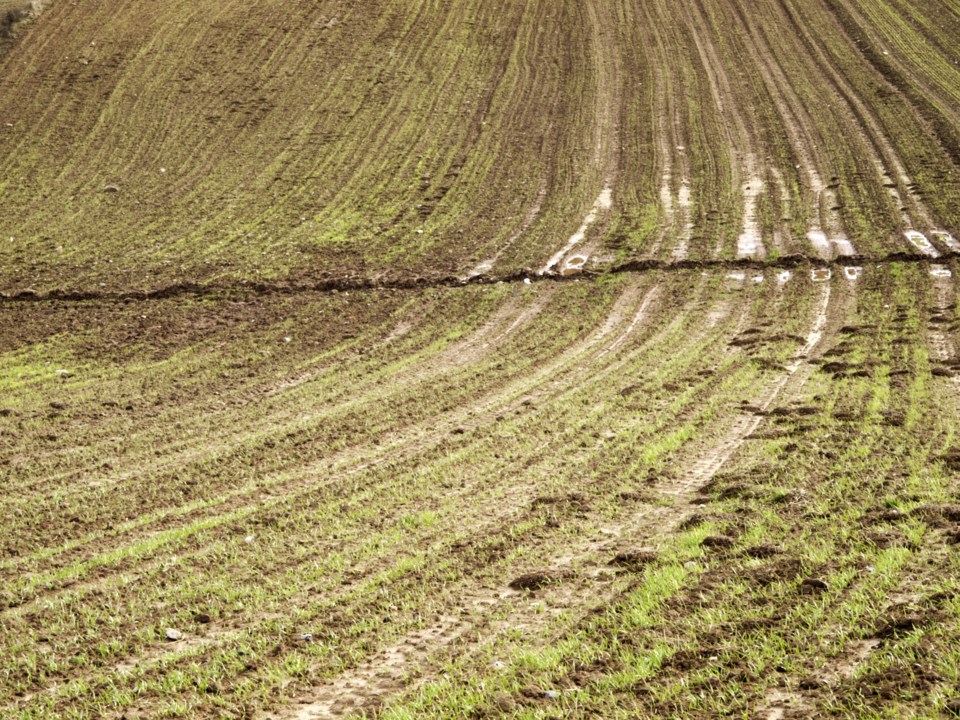NORTHEASTERN SASKATCHEWAN CROP REGION — Producers in the region are starting to begin seeding in larger numbers and hopefully with some warm weather will be able to make good progress in the coming weeks. Currently only 22 per cent of the crop has been seeded, this is up from eight per cent last week and well behind the five-year average (2017-2021) of 64 per cent.
Moisture conditions are good is most areas of the region with many low laying areas holding water. The most rainfall was reported in the Hudson Bay area where 88 mm was received, 56 mm in the Tisdale area, 31 mm in the Nipawin area, 22 mm in the Lake Lenore and Melfort areas and finally 14 mm in the Humboldt area.
Moisture conditions in the northeast are very good, with most of the crop, pasture and hay land having enough moisture to support plant germination and growth. Cropland topsoil moisture is rated as 19 per cent surplus, 80 per cent adequate and one per cent short. Hay and pasture land topsoil moisture is rated as 13 per cent surplus, 86 per cent adequate and one per cent short. Pasture conditions are rated as three per cent excellent, 47 per cent good, 47 per cent fair and three per cent poor.
Most of the crops are behind in their developmental stage for this time of year due to frequent precipitation and cool days. There were reports of crop damage from frost and flooding over the week; low spots in some fields have become submerged. Producers will be out assessing damage over the next couple days.
Provincial overview: Still behind average
Seeding progress climbed throughout many regions in the past week, despite a storm that brought snow and rain to parts of the province. Fifty-two per cent of the 2022 crop is now seeded, up from 33 per cent last week. This is still behind the five-year average (2017-2021) of 78 per cent for this time of year. The rainfall received over the past week in drier areas will help improve soil moisture conditions and establishment of early seeded crops.
The west central region is the farthest along with 81 per cent of the crop seeded. Seventy-six per cent of the crop is seeded in the northwest, 73 per cent seeded in the southwest, 44 per cent seeded in the southeast, 22 per cent seeded in the northeast and 21 per cent seeded in the east-central region of the province.
The east received significant amounts of precipitation. The Hudson Bay area reported 88 mm, the Jedburgh area 85 mm, the Rama area 83 mm, the Indian Head area 32 mm and the Biggar and Cando areas 11 mm. While rain is welcome in the eastern half of the province, many producers are eager to continue their seeding operations.
Soil moisture continues to improve across the province, mainly in the eastern regions where most of the spring precipitation was received. Cropland topsoil moisture is rated as 15 per cent surplus, 58 per cent adequate, 18 per cent short and nine per cent very short. Hay and pasture land topsoil moisture is rated as six per cent surplus, 63 per cent adequate, 20 per cent short and eleven per cent very short.
Pasture conditions are rated as 10 per cent excellent, 27 per cent good, 36 per cent fair, 16 per cent poor and 11 per cent very poor. Pastures in the western half of province are struggling to establish this spring due to very limited precipitation causing many livestock producers in the area to continue to feed cattle on farm.
Earlier seeded crops have started to emerge where moisture is sufficient, but cool weather over the past week has slowed development of many crops. In general, most crops are rated as normal for their development except for canola, which was rated as 67 per cent behind. This is likely due to the extremely dry conditions in the southwest and west central regions, delaying growth and the recent cool weather across the whole province. Most of the crop damage this week was due to minor flooding, light frosts, drought conditions and flea beetles. Producers continue to report that there is a shortage of farm equipment parts. There are also some reports of input and herbicide shortages throughout the province.






